No products in the cart.
3D printed functional things for your Litter-Robot 3
Your Cart:
$0.00
Subtotal: $0.00
0
Cart
0
No products in the cart.
LR Things LLC is not affiliated or endorsed by Litter-Robot or Automated Pet Care Products LLC. The registered trademarks used on this website belong solely to the companies described.

LR3 Button Defenders – 3D Printed
0 customer reviews
Recent Views: 2,783
$19.99
Add to cartLR3 Button Defenders – 3D Printed
0 customer reviews
Recent Views: 2,783
$19.99
- 7-pack of Button Defenders for the Litter-Robot 3
- 3D Printed and securely pop on to the soft buttons of the LR
- Protect the “Empty”, “Cycle”, “Reset”, Power and 3 indicator light buttons from being chewed or torn off
- Each large Button Defender has the universal symbol for “No” 🚫 cutout of the top of each button cover
- The covers for the three indicator lights have a small circle cutout so you can still see the light below.
- The Power button has a star cutout of it so you can still see the light below.
- Watch the install video here: https://www.youtube.com/watch?v=JwzTwBiv-FI
Ships in about 2-3.5 weeks default
Color Gallery - View photos of all our color options!This is an aftermarket product made and supported by LR Things and not an original Litter-Robot accessory.
Ships in about 2-3.5 weeks default
Product Description
NEW! Do you have a super naughty kitty on your hands? Are they chewing the soft buttons off your Litter-Robot? Or do you find yourself accidently pressing the Empty button and dumping all your litter into the drawer? Our new Button Defenders solve this issue for you by covering the soft rubber buttons with a 3D printed cover that easily pops into place on top of the the Power, Cycle, Empty and Reset buttons and indicator lights on your LR.
Sold in as a 7-pack in Black, White or Transparent, each large button has a universal “no” symbol 🚫 cutout of the top of the button. The three smaller indicator covers have a hole cutout so you can still see the light below. The power button has a star cutout of it so you can still see the light below
Watch the install video here: https://www.youtube.com/watch?v=JwzTwBiv-FI
Be the first to review “LR3 Button Defenders – 3D Printed” Cancel reply
How does 3D printing work?
Every 3D printer builds parts based on the same main principle: a digital model is turned into a physical three-dimensional object by adding material a layer at a time. This where the alternative term Additive Manufacturing comes from.
3D printing is a fundamentally different way of producing parts compared to traditional subtractive (CNC machining) or formative (Injection molding) manufacturing technologies.
In 3D printing, no special tools are required (for example, a cutting tool with certain geometry or a mold). Instead the part is manufactured directly onto the built platform layer-by-layer, which leads to a unique set of benefits and limitations
From here, the way a 3D printer works varies by process. For example, desktop FDM printers melt plastic filaments and lay it down onto the print platform through a nozzle (like a high-precision, computer-controlled glue gun). Large industrial SLS machines use a laser to melt (or sinter) thin layers of metal or plastic powders.
The available materials also vary by process. Plastics are by far the most common, but metals can also be 3D printed. The produced parts can also have a wide range of specific physical properties, ranging from optically clear to rubber-like objects.
Depending on the size of the part and the type of printer, a print usually takes about 4 to 18 hours to complete. 3D printed parts are rarely ready-to-use out of the machine though. They often require some post-processing to achieve the desired level of surface finish. These steps take additional time and (usually manual) effort.
This was copied from 3DHubs, for more information please visit them!
Additional Information
| Weight | 0.0625 lbs |
|---|---|
| Dimensions | 4 × 5 × 0.25 in |
| Color |

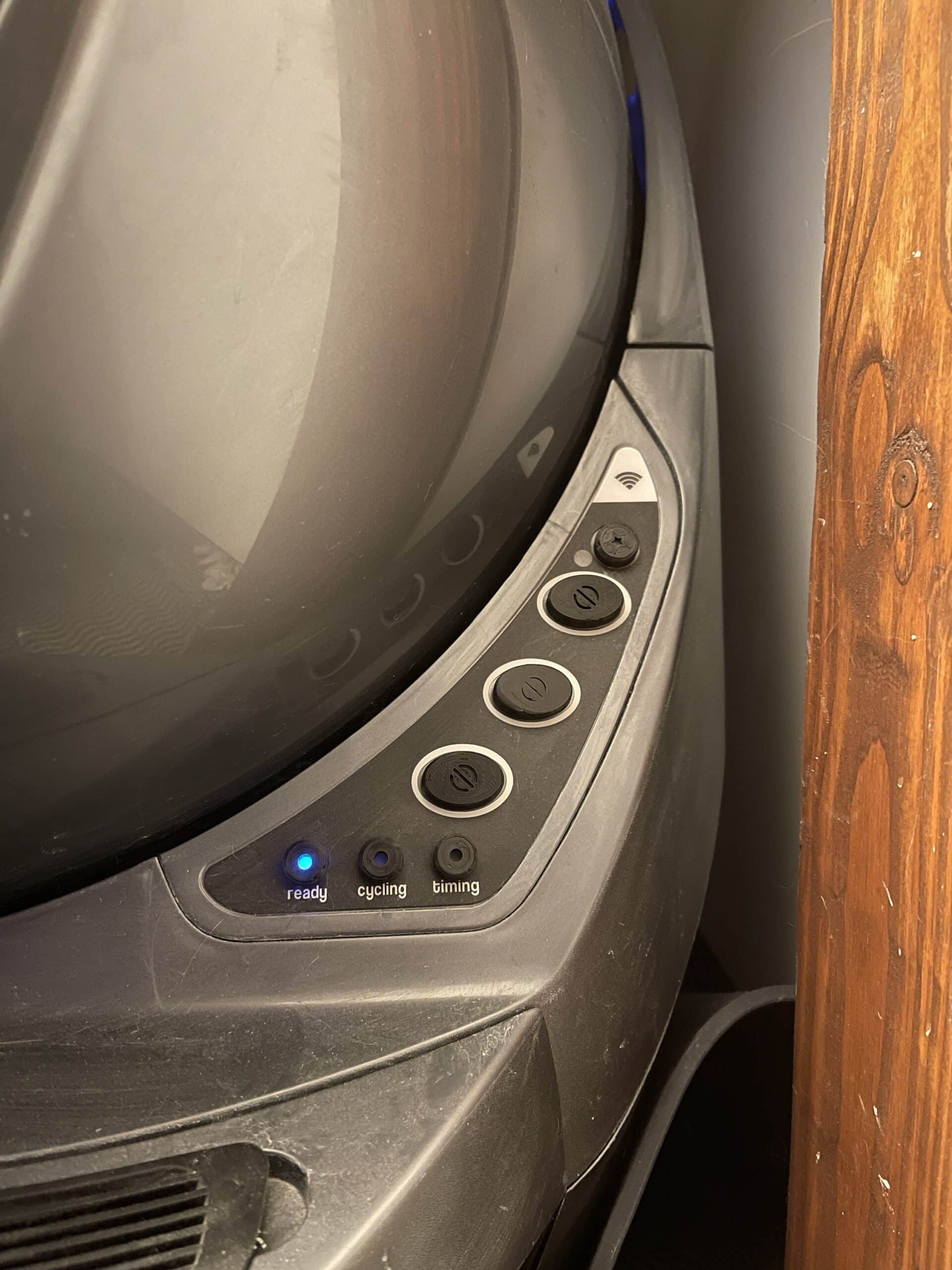
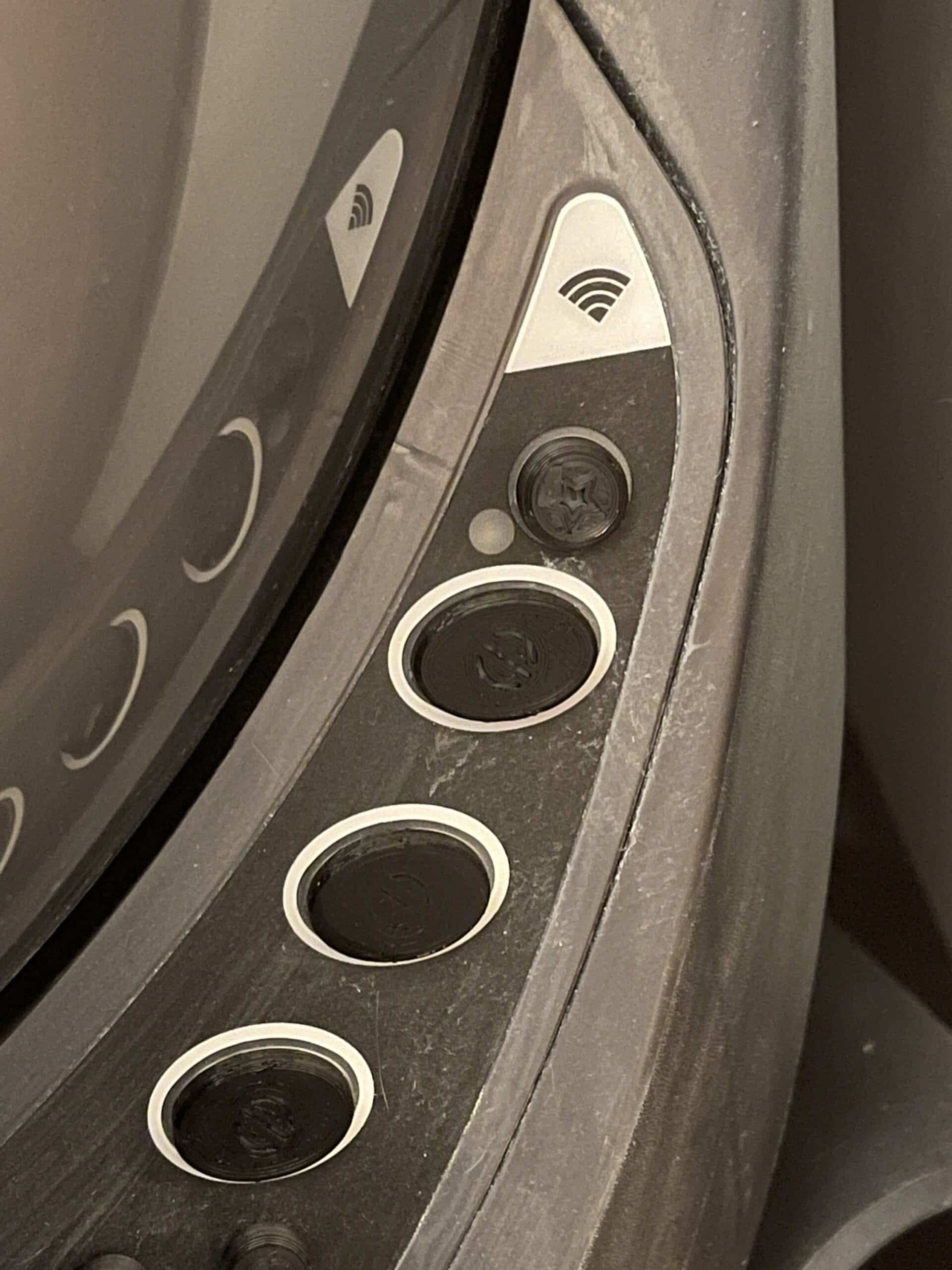
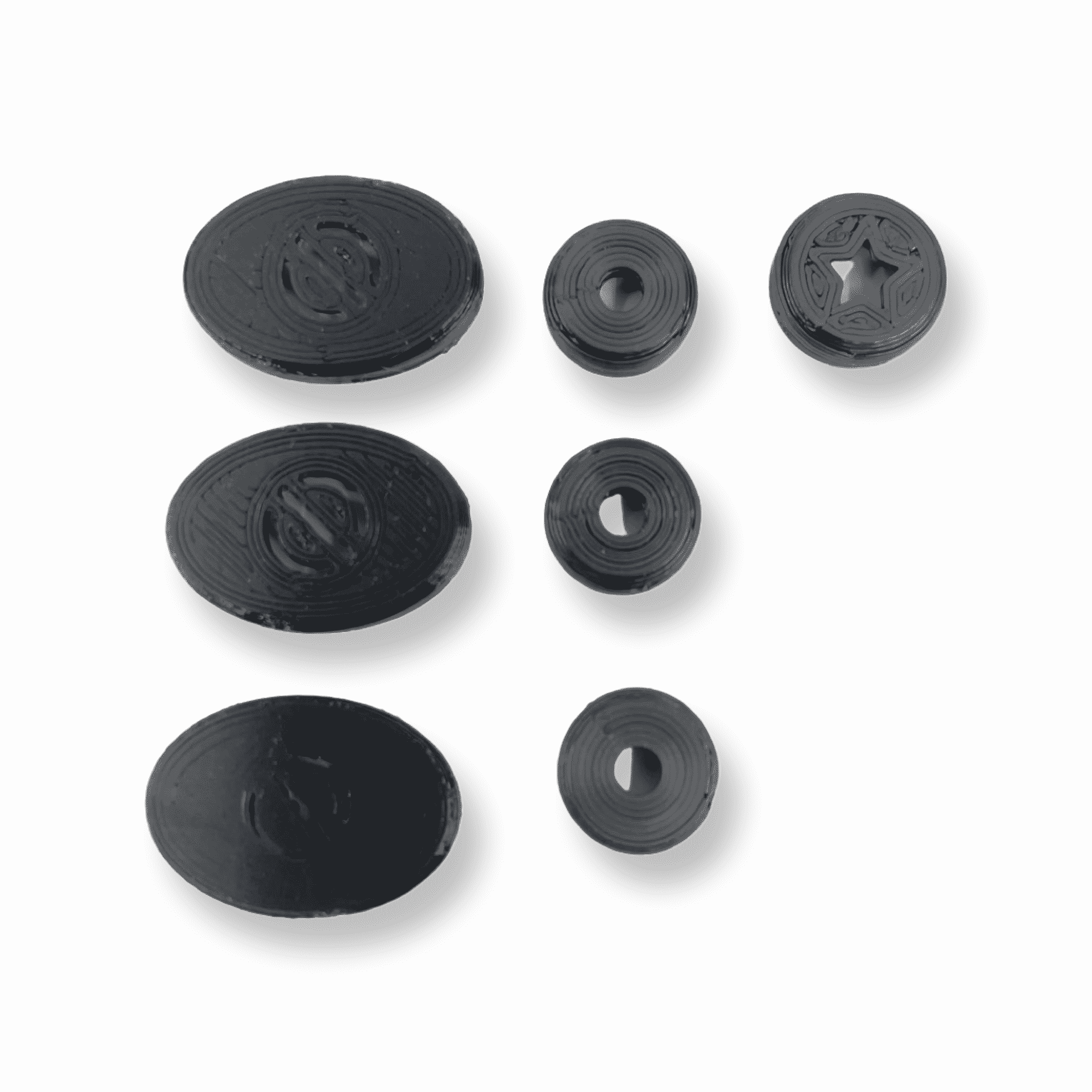
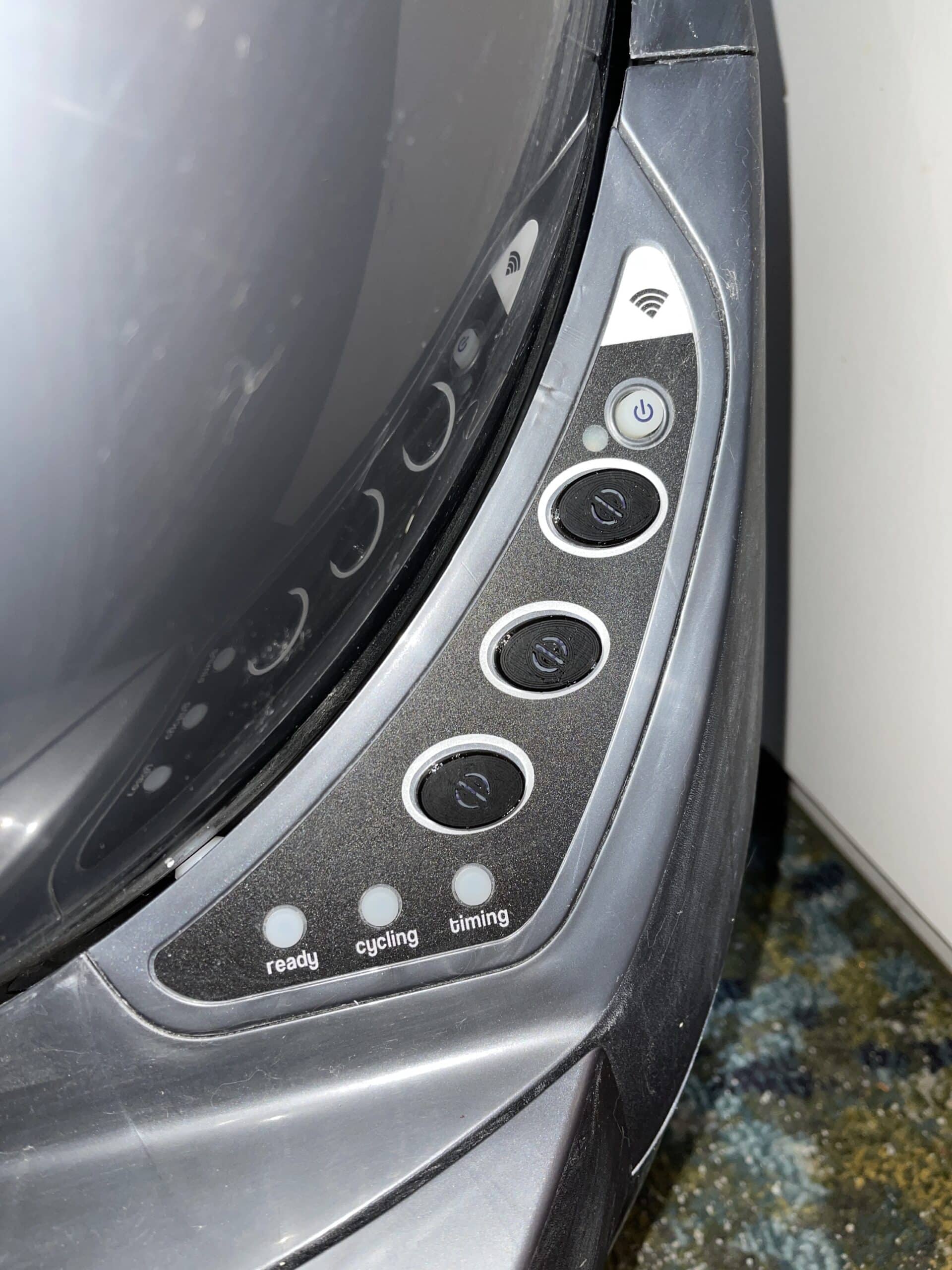
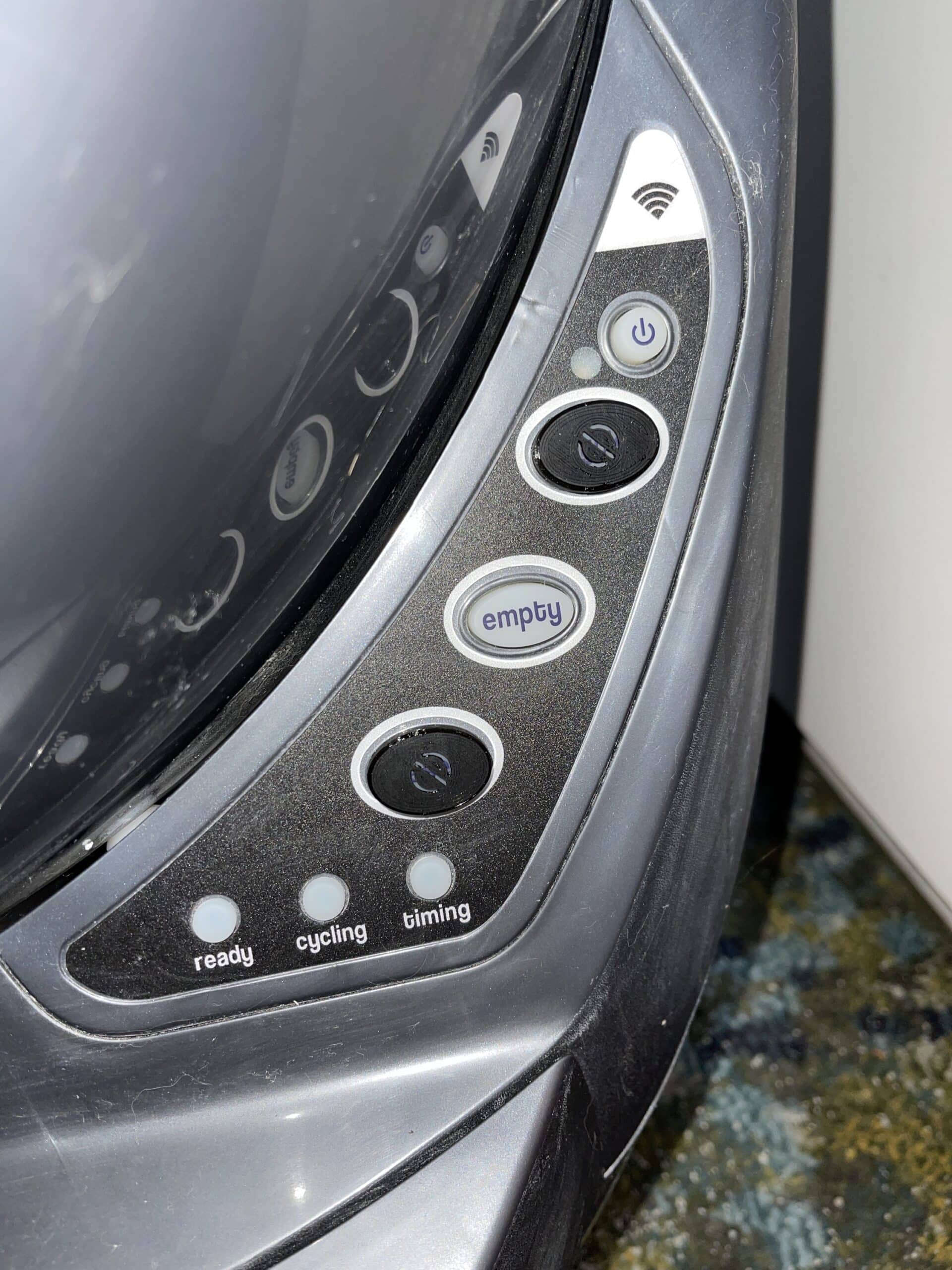
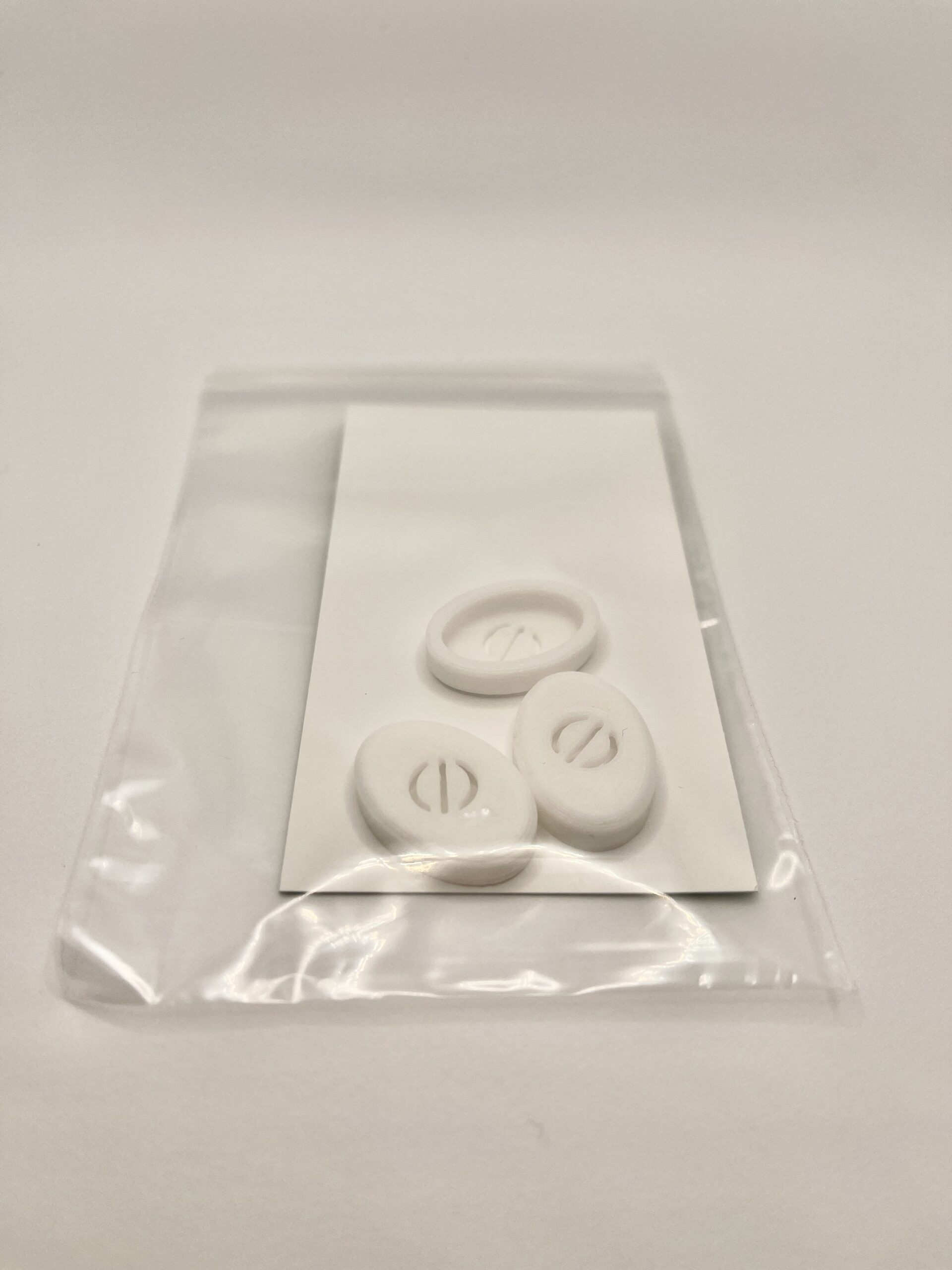
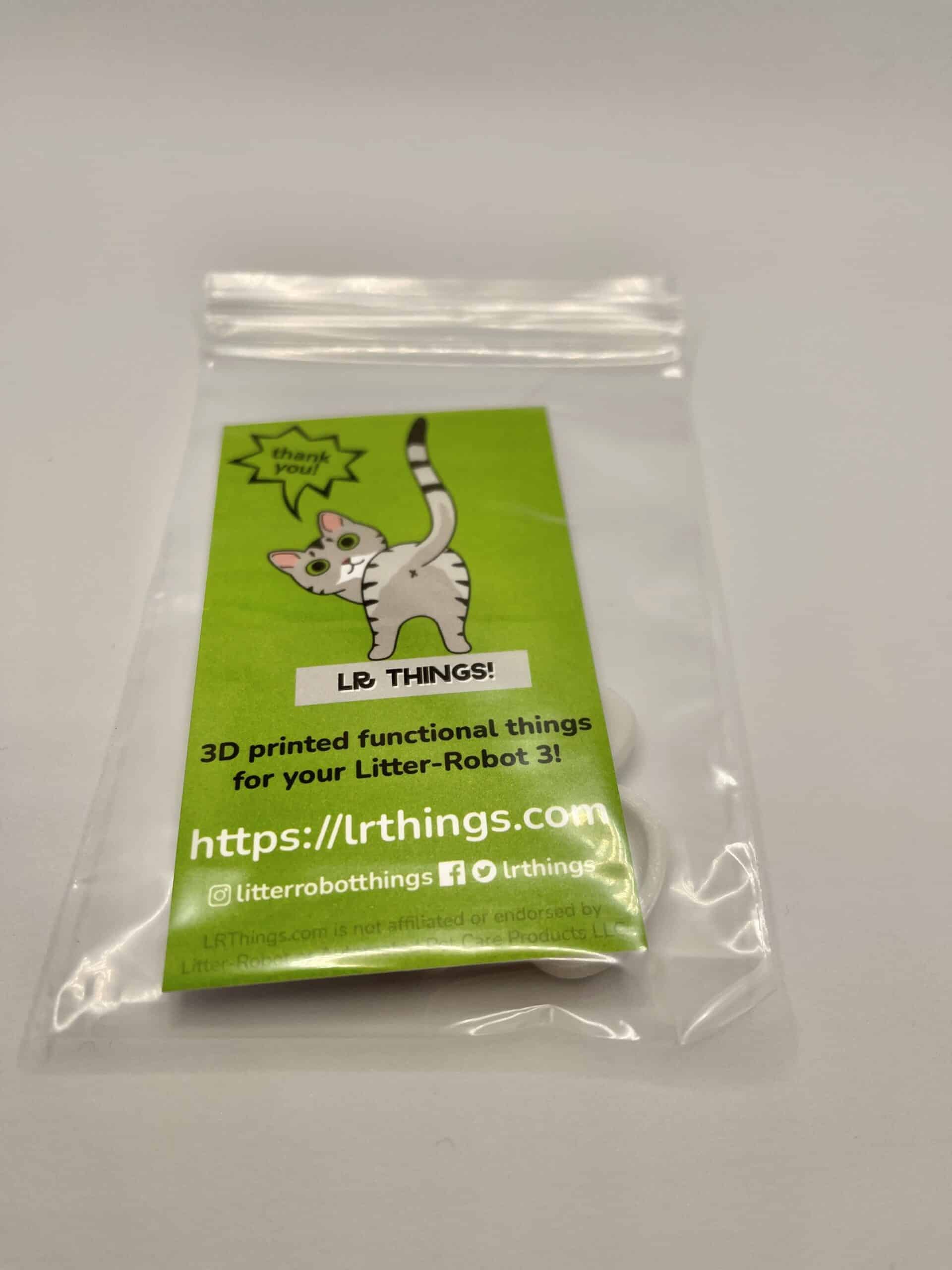
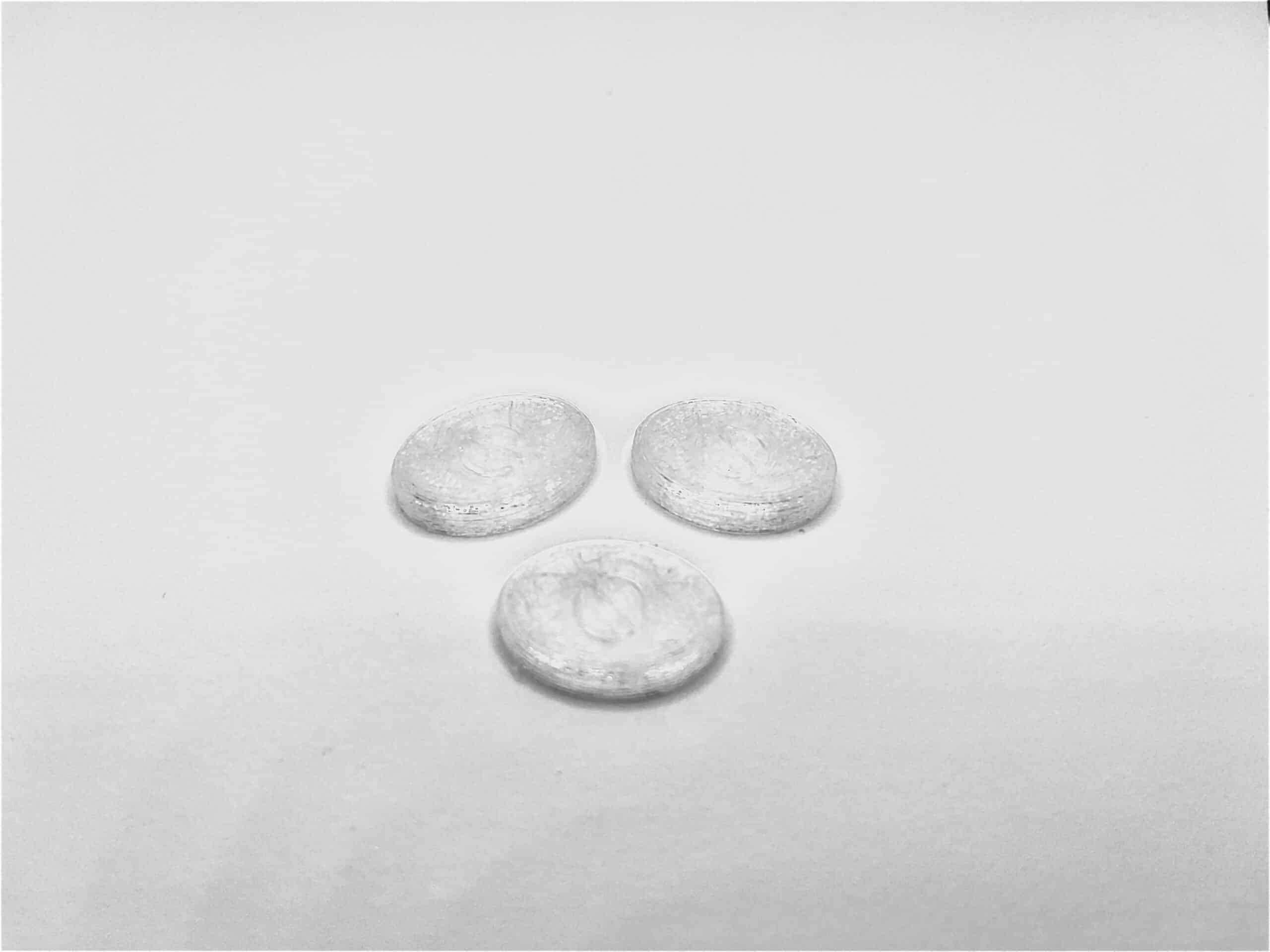
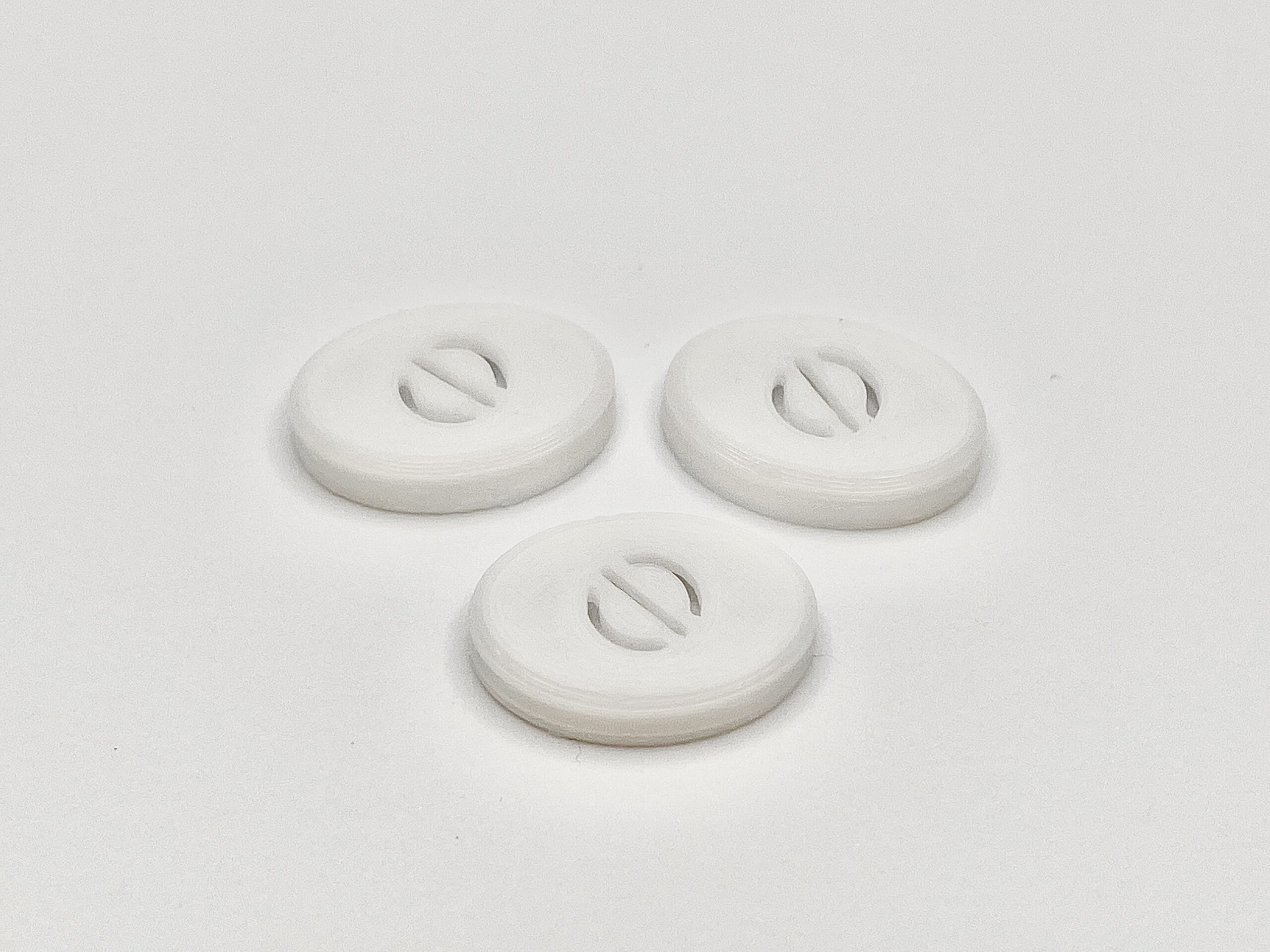
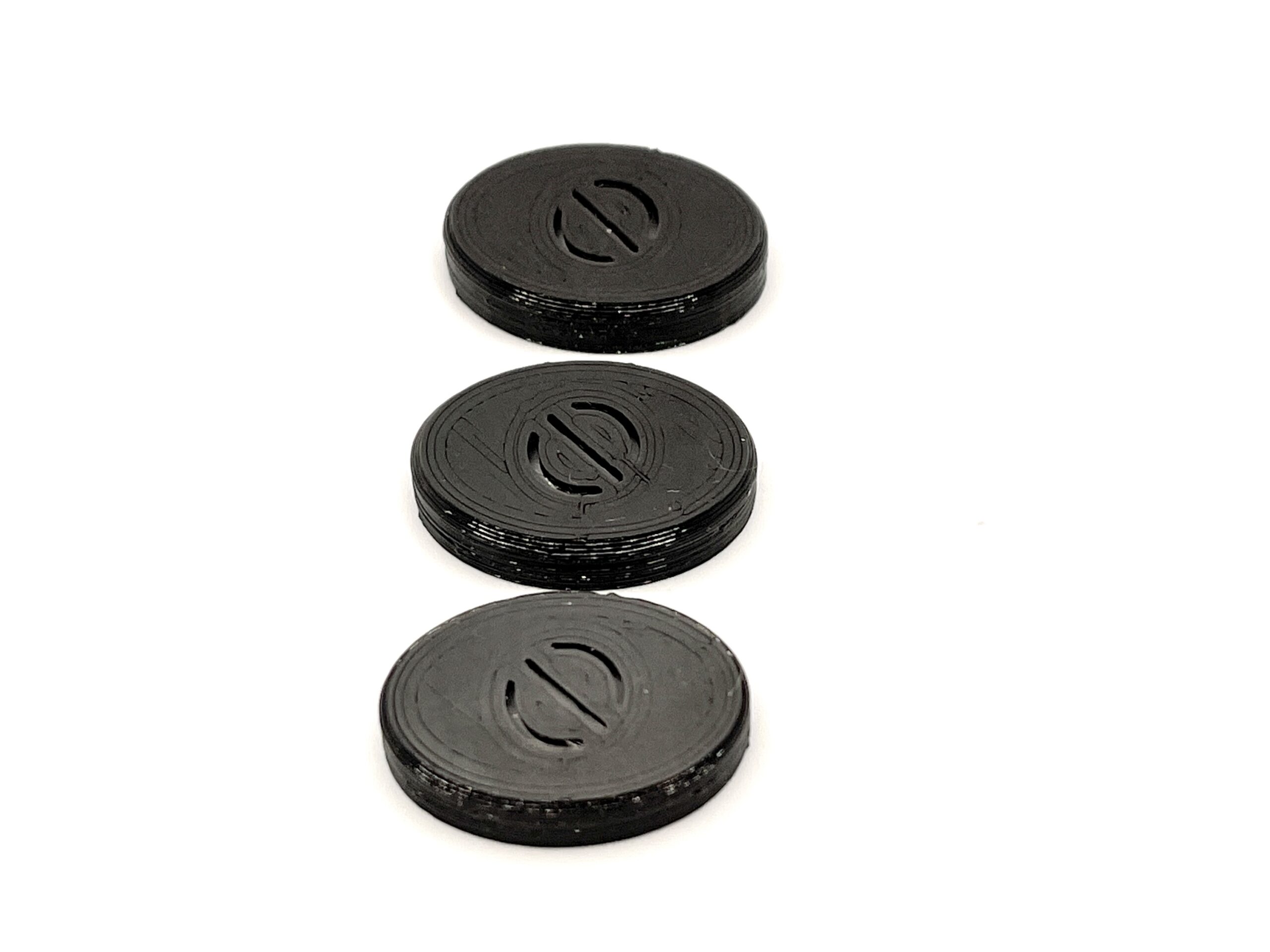
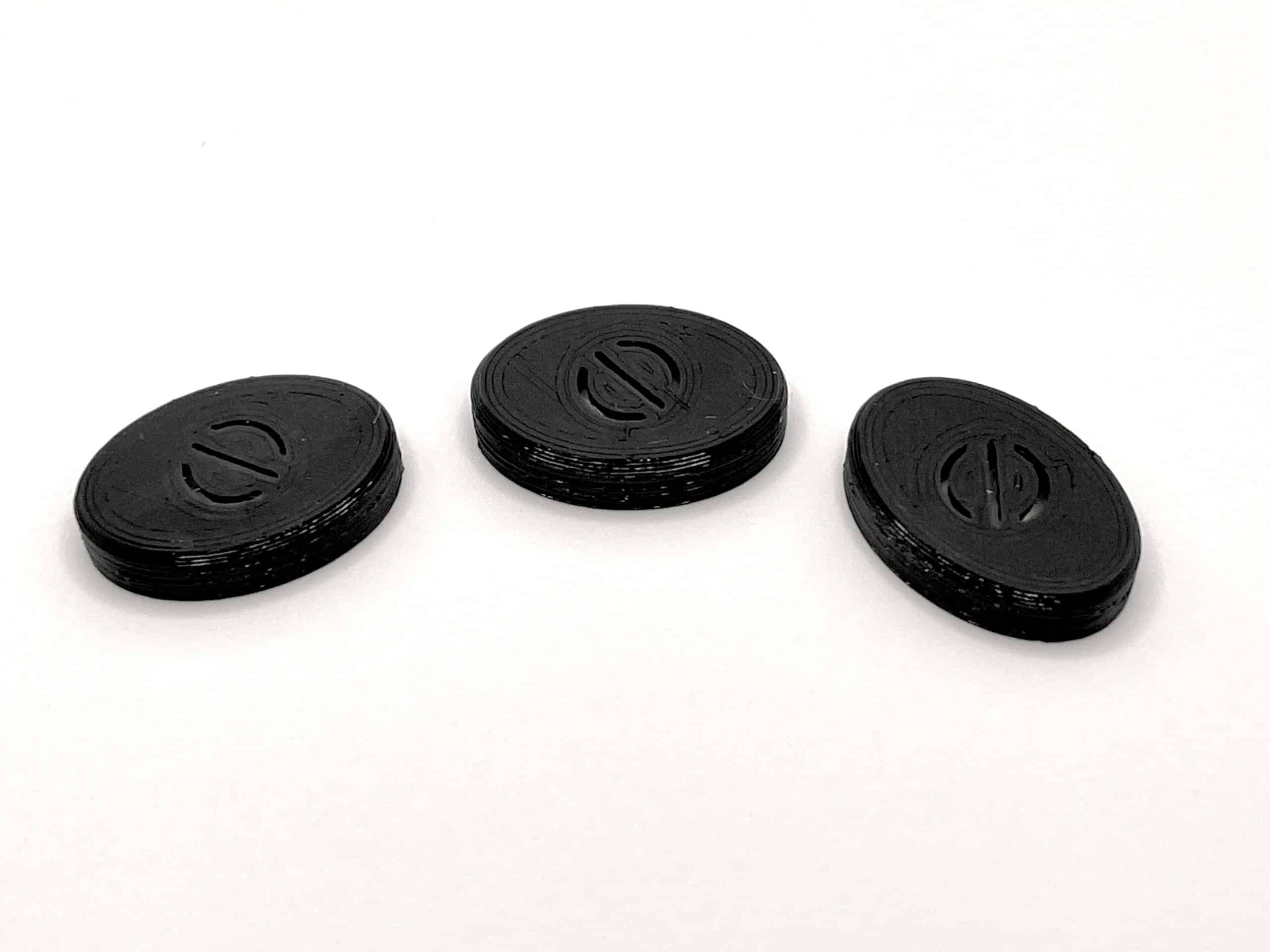

Reviews
There are no reviews yet.